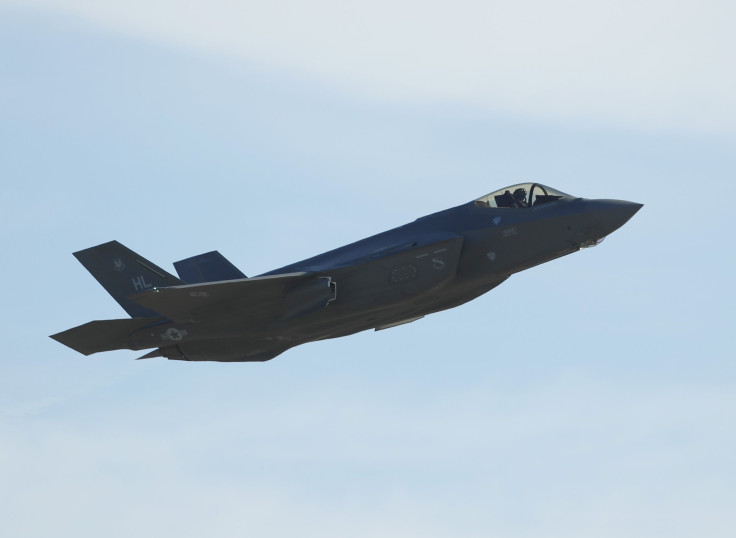China Developing Advanced Aircraft Capable Of Detecting Stealth Planes, Including F-35, F-22

China is developing a reconnaissance aircraft equipped with a radar system which would help spot enemy stealth planes, stated Chinese military observers.
According to a report by South China Morning Post, the Chinese state media confirmed Monday that the country was constructing its first carrier-borne early-warning aircraft called KJ-600. The plane would be launched from the country’s new aircraft carrier, the report stated.
According to Chinese military observers, the KJ-600 will be equipped with an advanced active electronically scanned array (AESA) which would allow the aircraft to detect United States stealth planes like F-22s and the F-35s.
Li Jie, a military expert based in Beijing, stated the new reconnaissance plane might also become an airborne command center. Jie said, “AESA can detect stealth fighters at a very long range.”
Jie also said the KJ-600 would fill a pivotal gap between the U.S. and China in terms of weaponry and also enhances the battle efficiency of China’s carrier battle groups.

Zhou Chenming, another military analyst from Beijing, stated the radar system would put the KJ-600 on the same level as the early-warning aircrafts of the U.S.
Chenming said, “The biggest advantage of the KJ-600 is it’s equipped with a more sophisticated radar and communication system allowing it to monitor a wider range of signals and even detect stealth fighters in a certain angle.”
According to the report, as of now, Chinese aircraft carrier battle group was limited to shipboard surveillance radars, which don’t have a long range due to the Earth’s structure.
Colin Koh, a research fellow at S. Rajaratnam School of International Studies’ Maritime Security Programme, Singapore, said China's move to develop the KJ-600 pointed to the fact that the country wanted its carrier group to work far from the shores.
The news of the development of KJ-600 was also reported by Eastern Arsenal, a U.S. military and R&D blog, in 2017.
The report stated the KJ-600 was being developed by the Xian Aircraft Corporation. It also said the aircraft weighed 25-30 tons and had a twin-engine FWJ-6C turboprop engines which powered it. It also talked about the AESA radar which was said to be one of the most important features of the aircraft.
The KJ-600 was quite different from the other twin engine turboprop aircrafts because of its wings that could be folded and a four-rudder airframe tail which had a resemblance with the U.S. E-2 Hawkeye aircraft.
The Chinese reconnaissance aircraft would most probably have a crew consisting of five to six people. The team would include a pilot, a co-pilot and the remaining ones would work on the radar and combat control systems.
With regard to China’s capacity for combat data-linking, the KJ-600 would most probably be able to assist in targeting long-range Chinese missiles and also have the capability to collect data from numerous platforms into a single stream, the report added.
© Copyright IBTimes 2024. All rights reserved.












